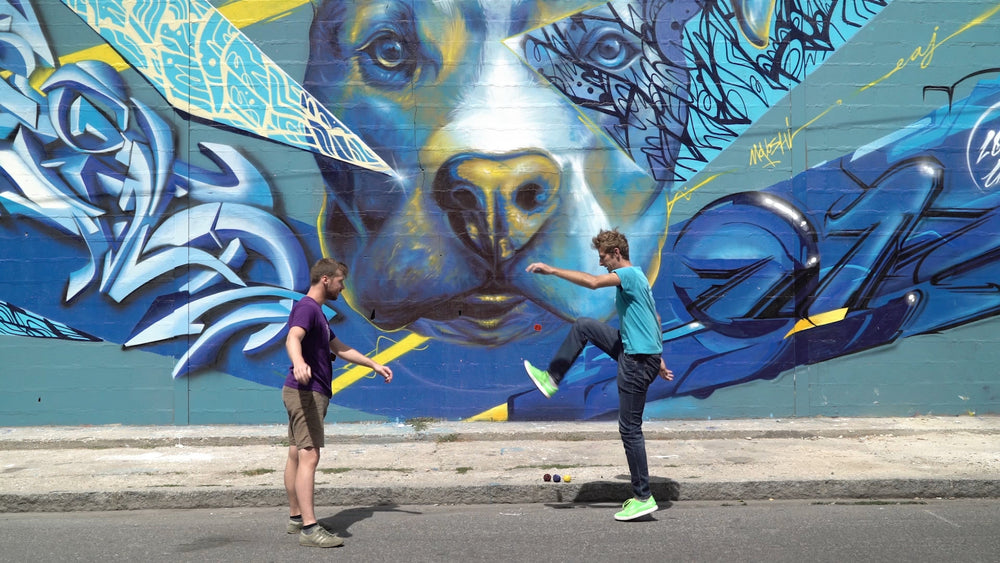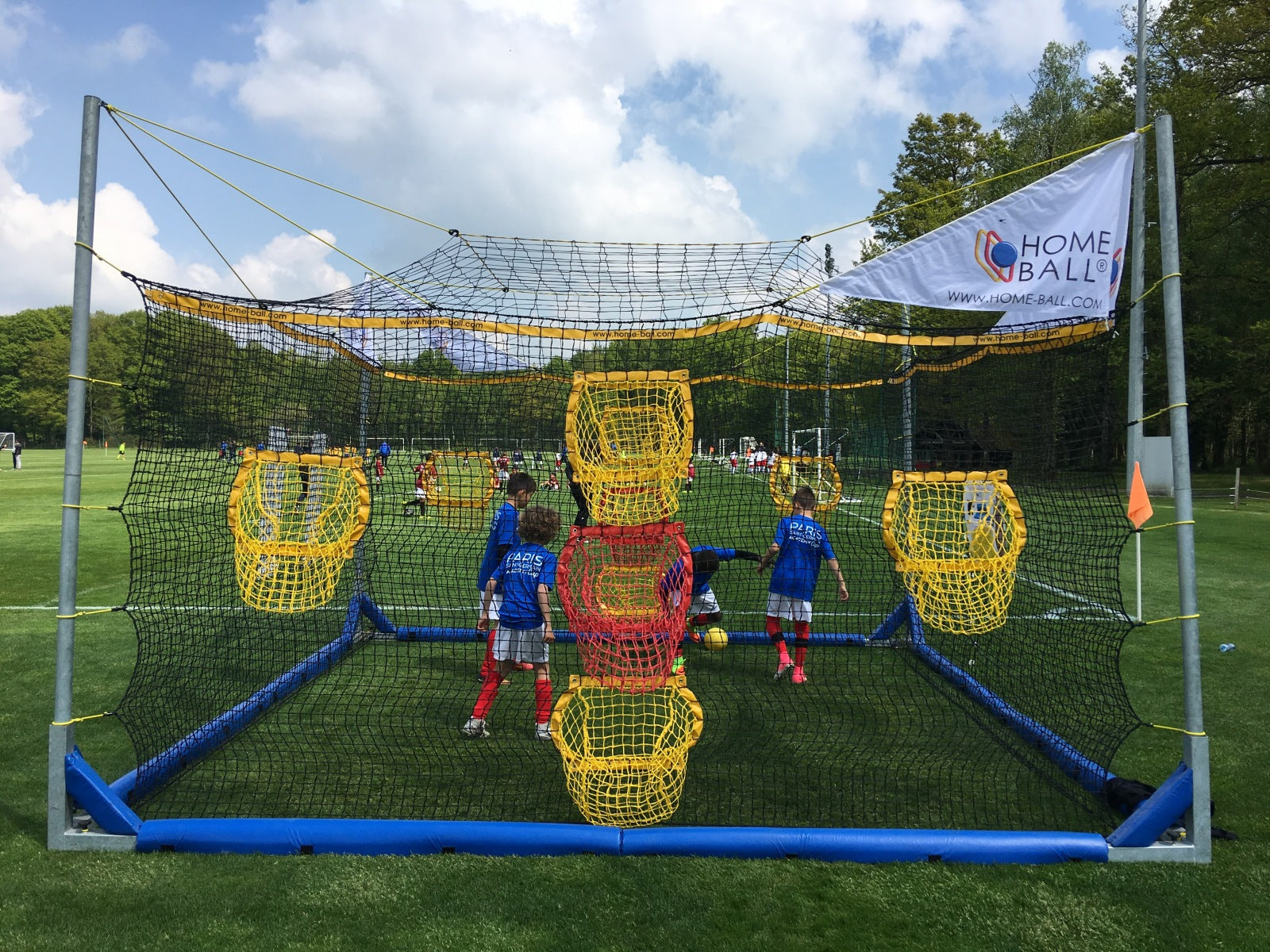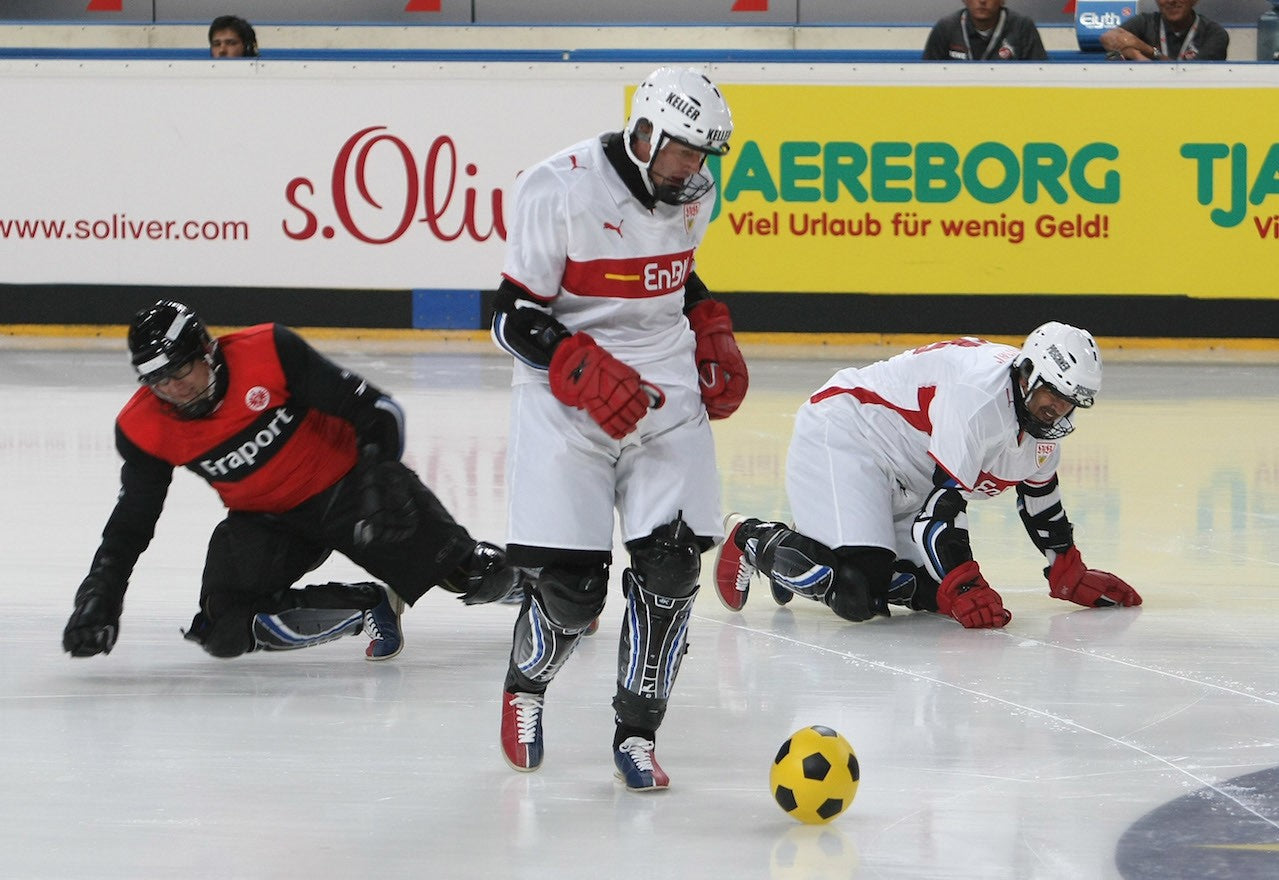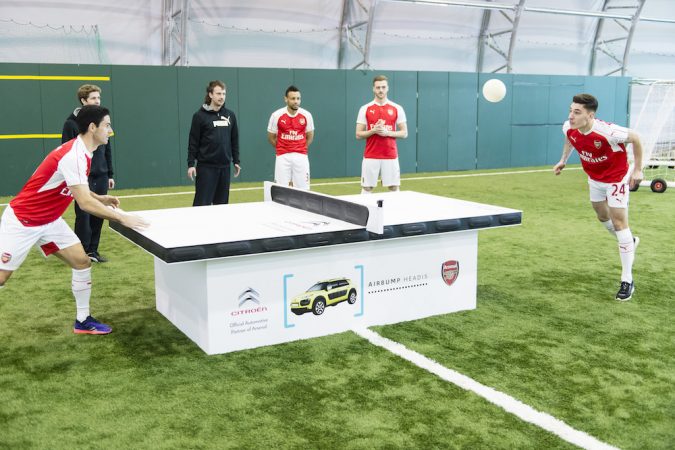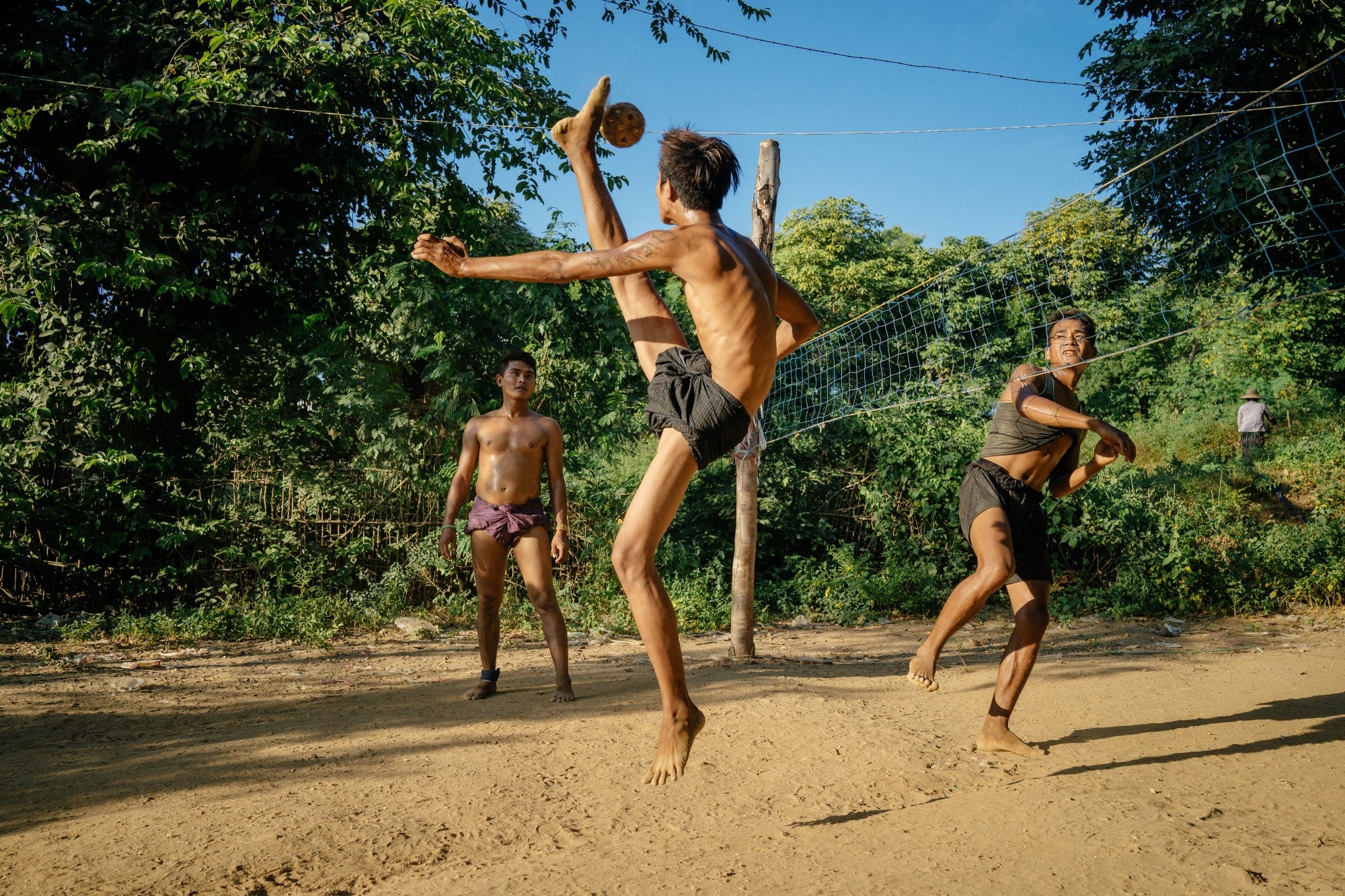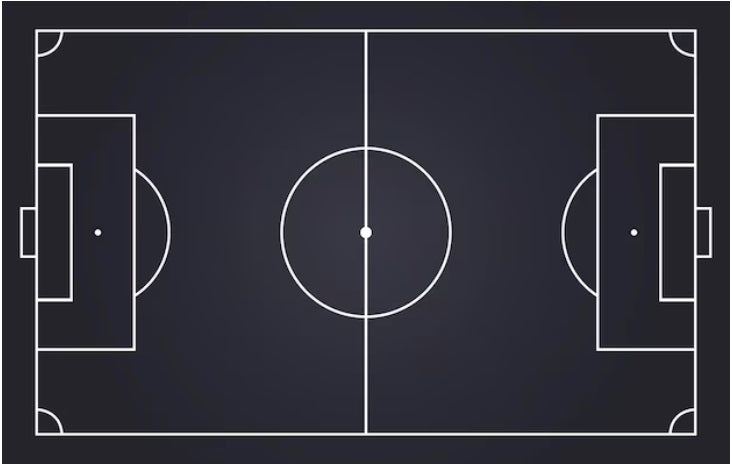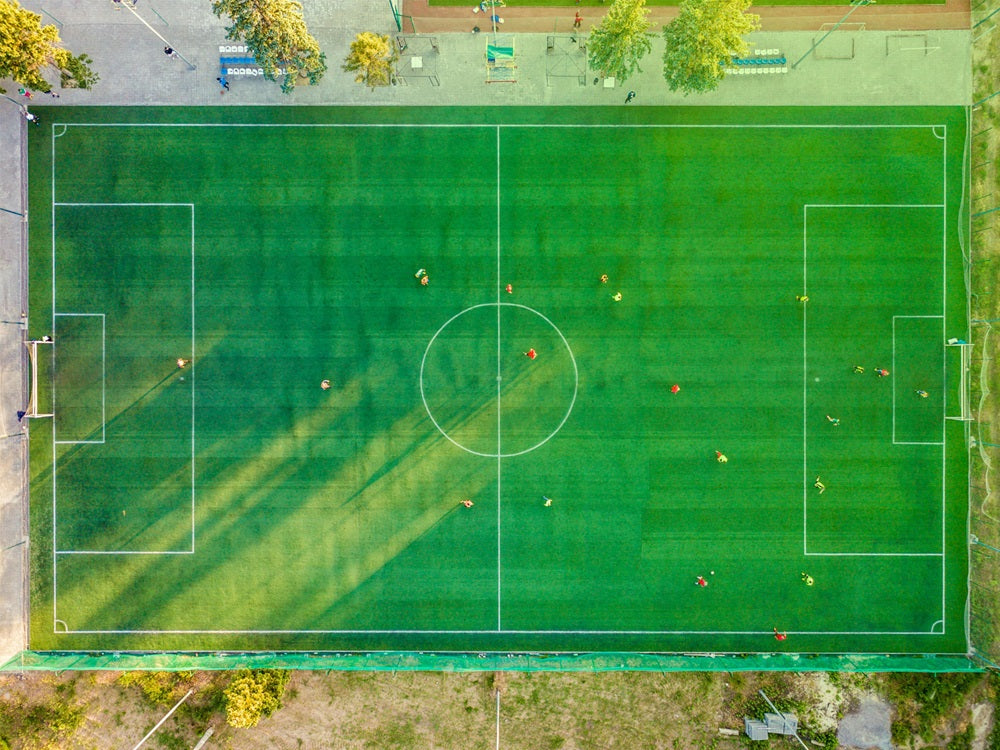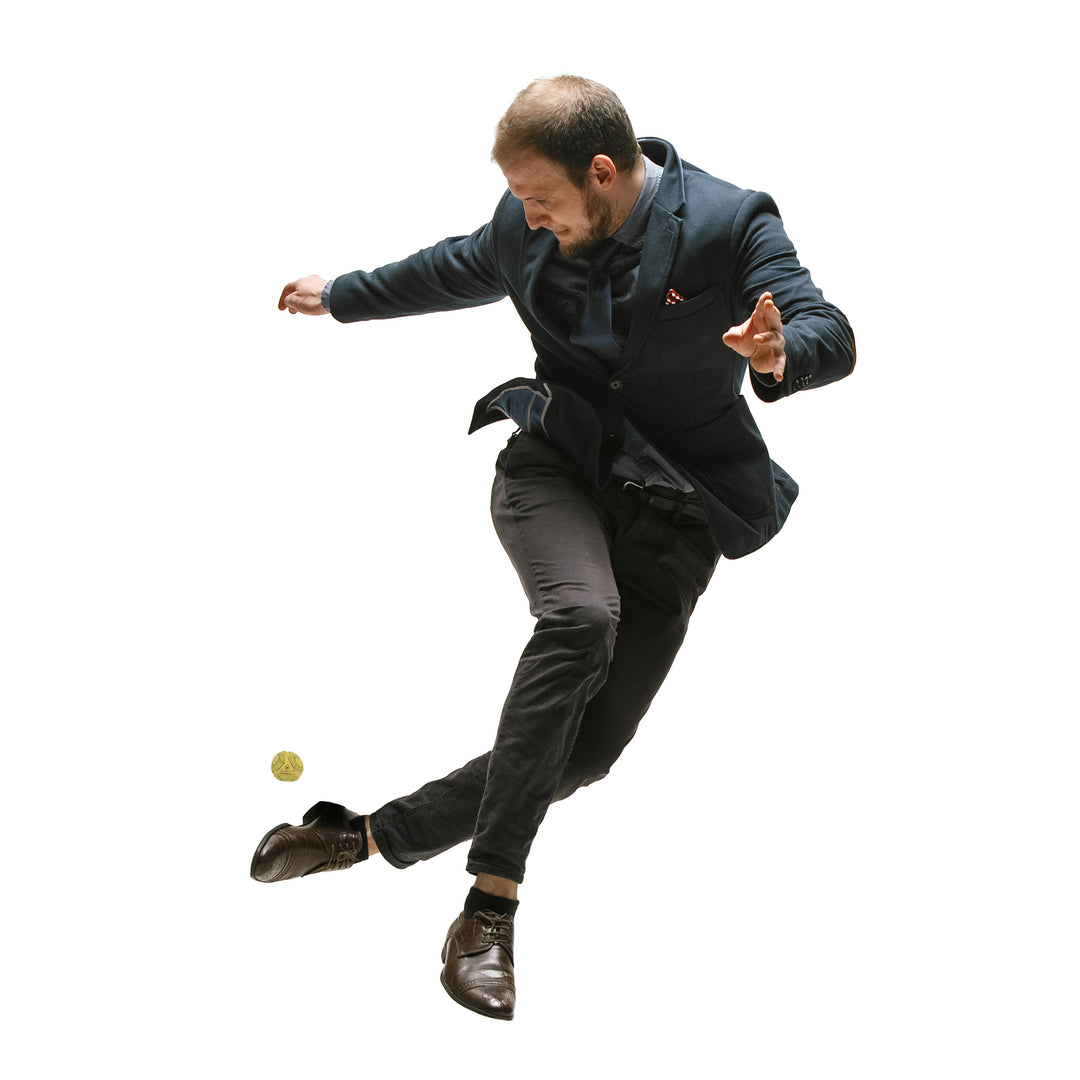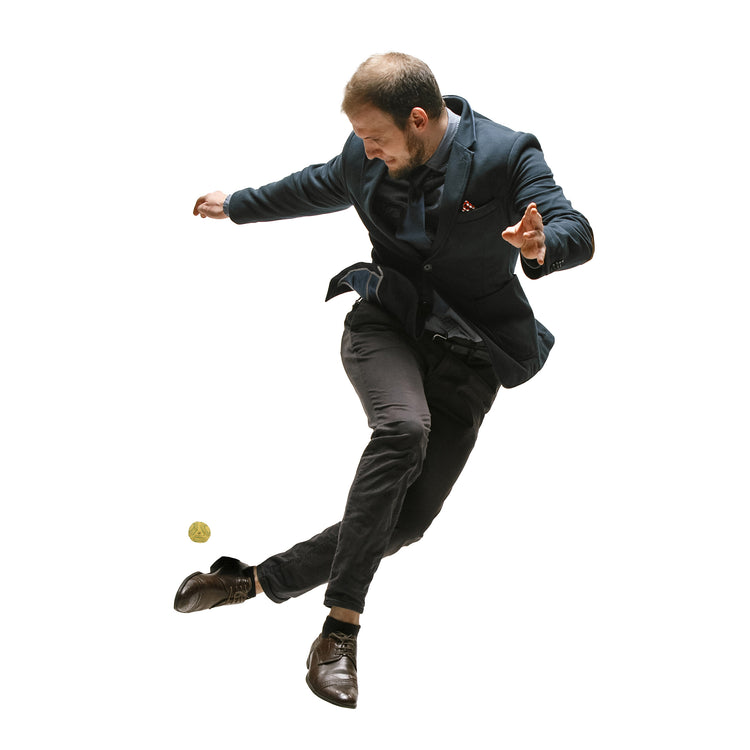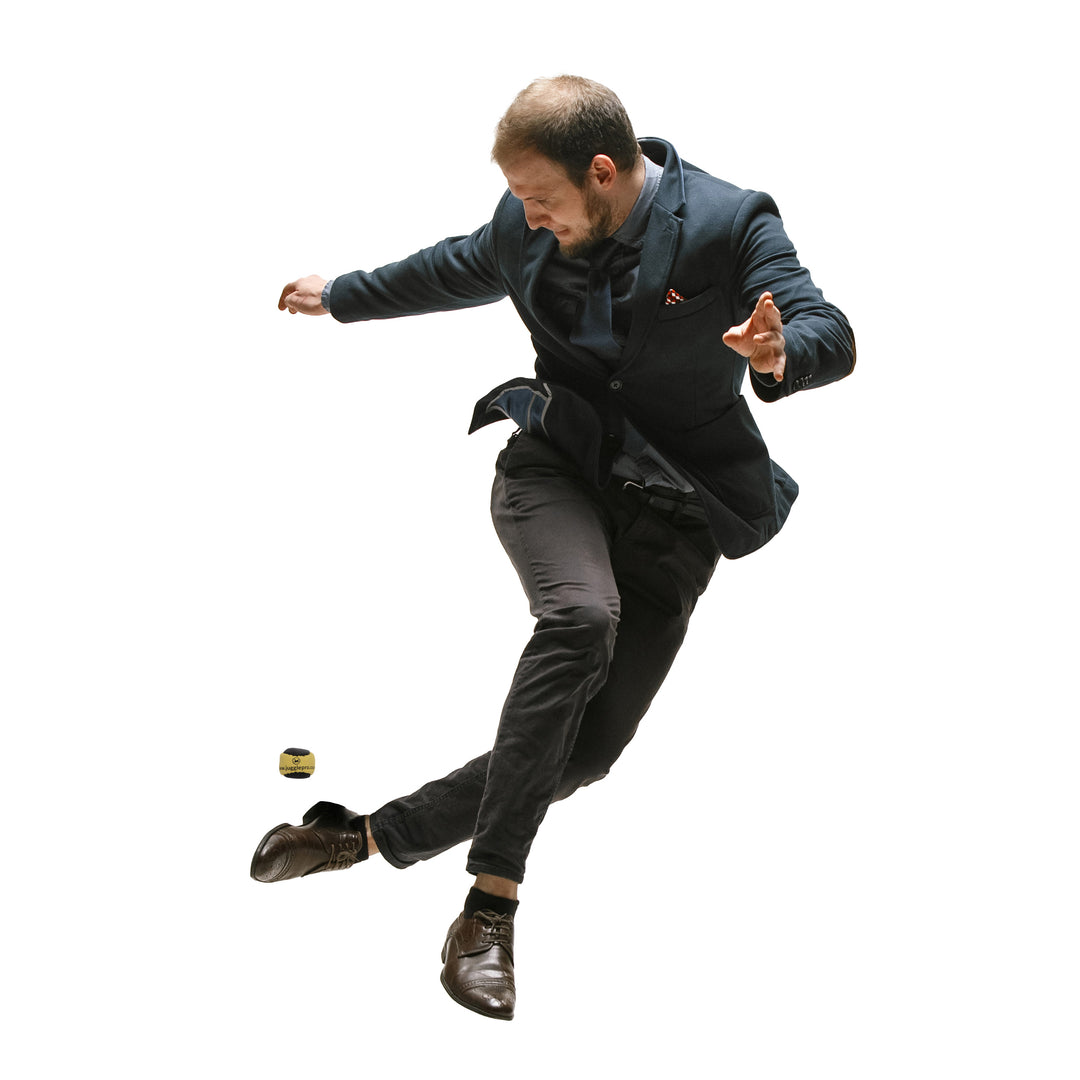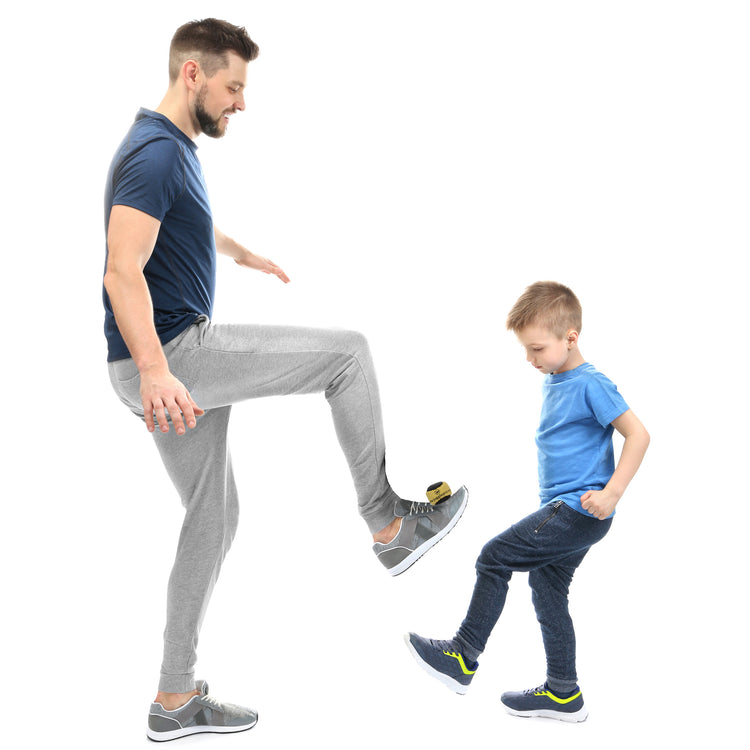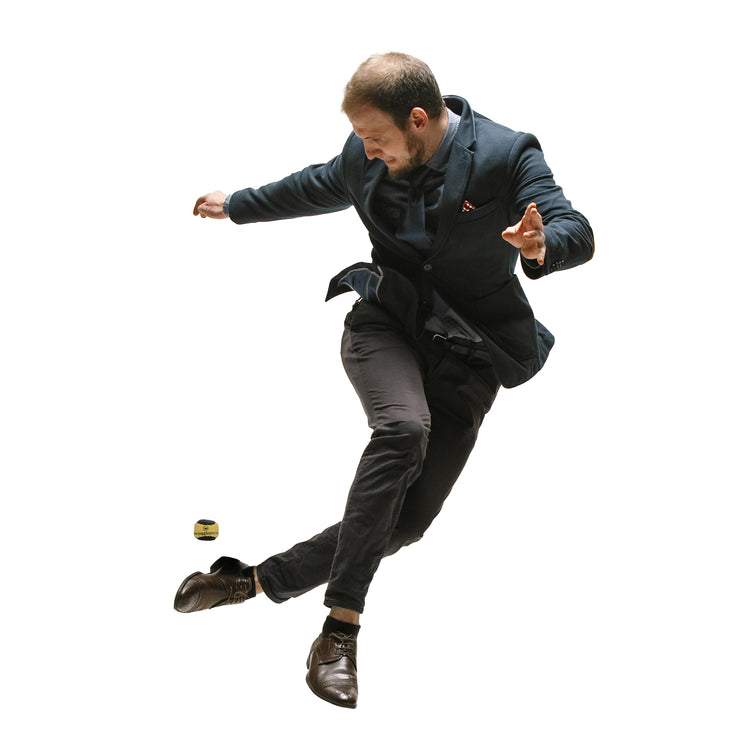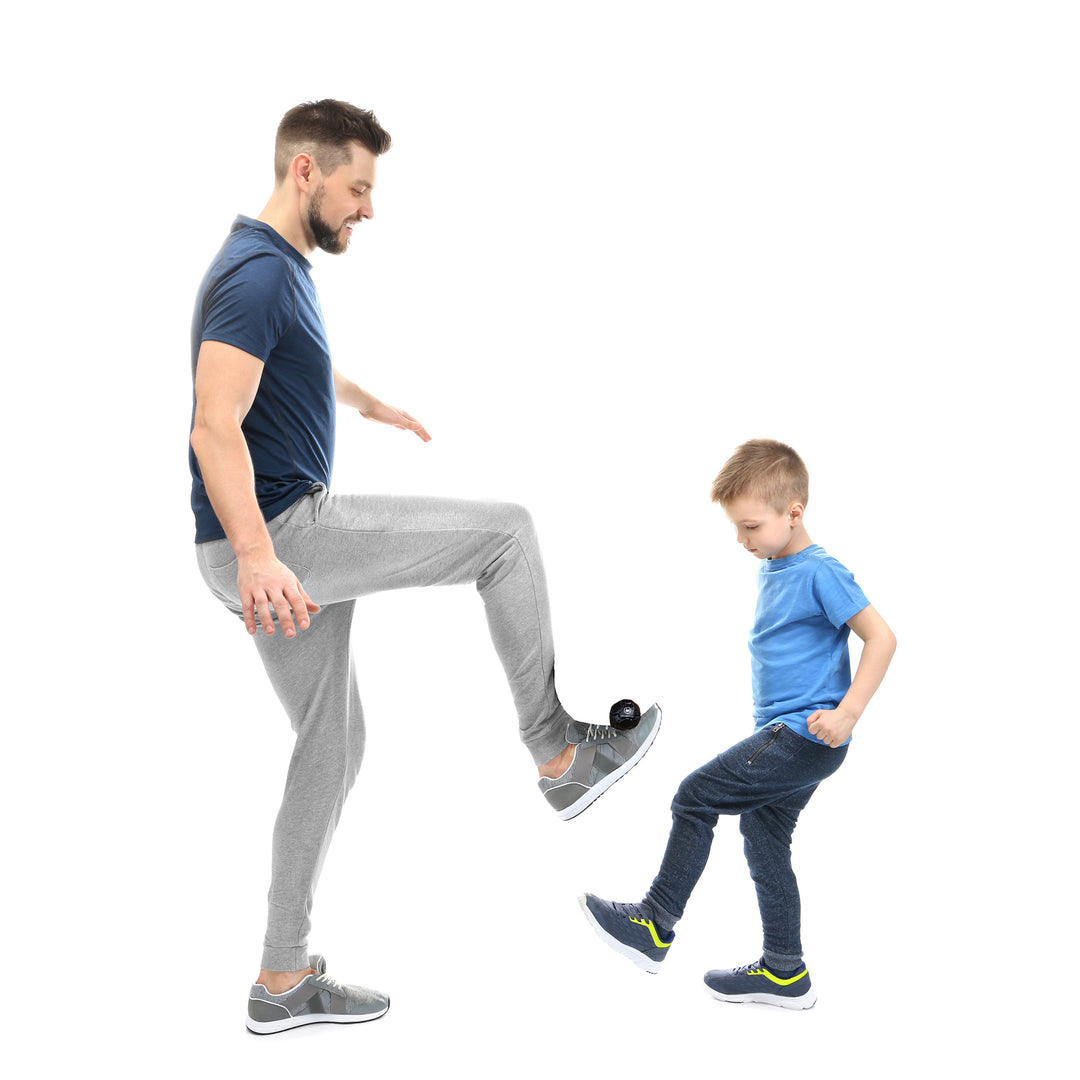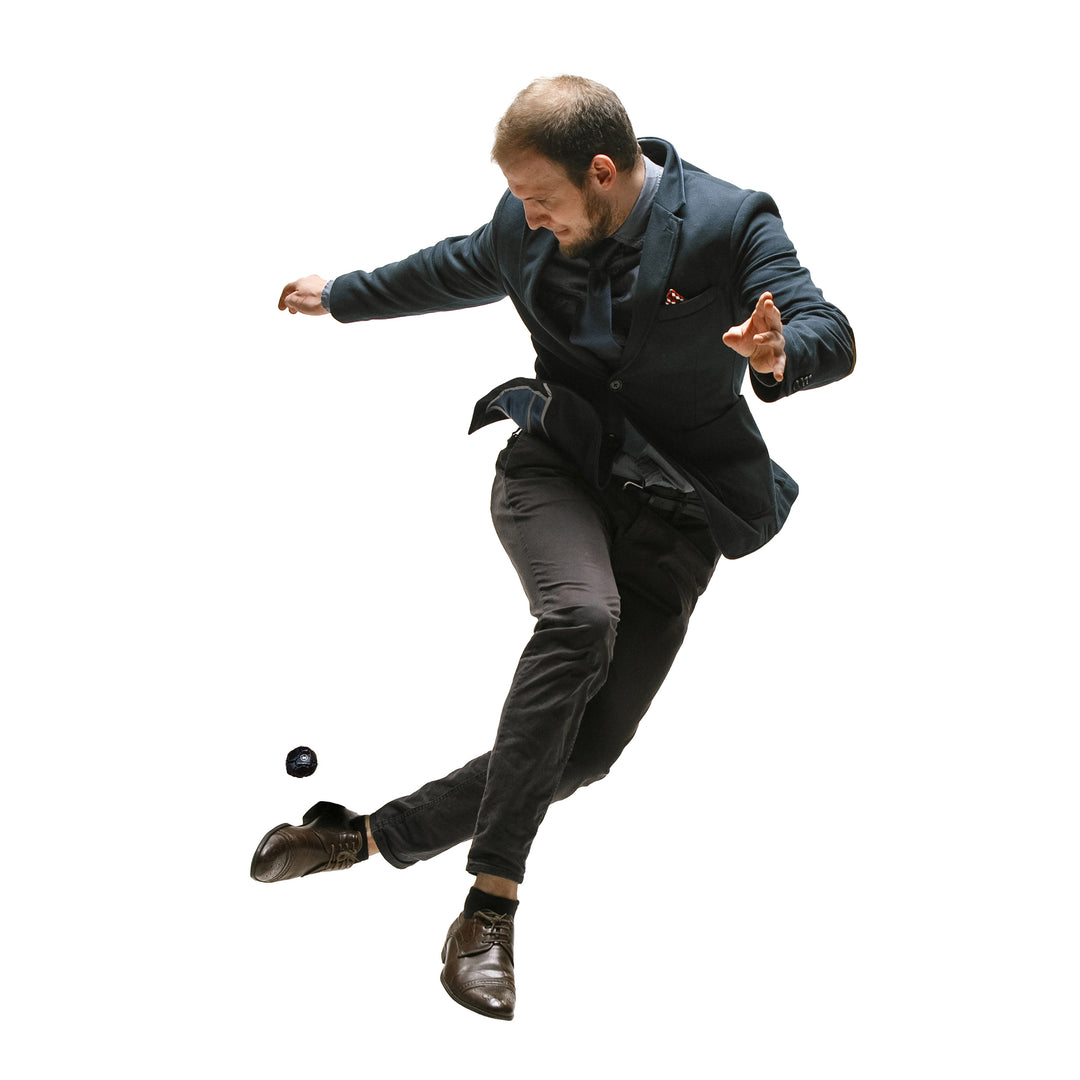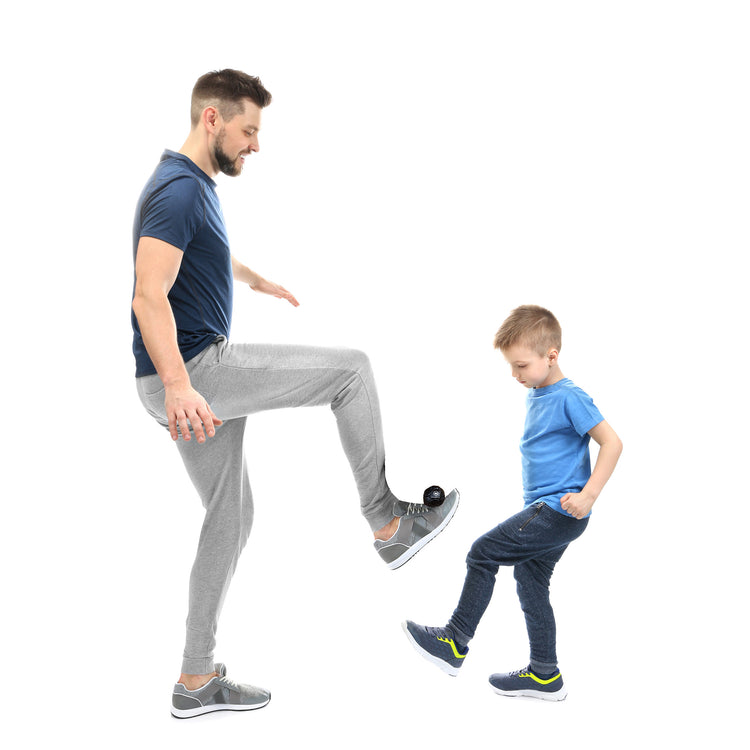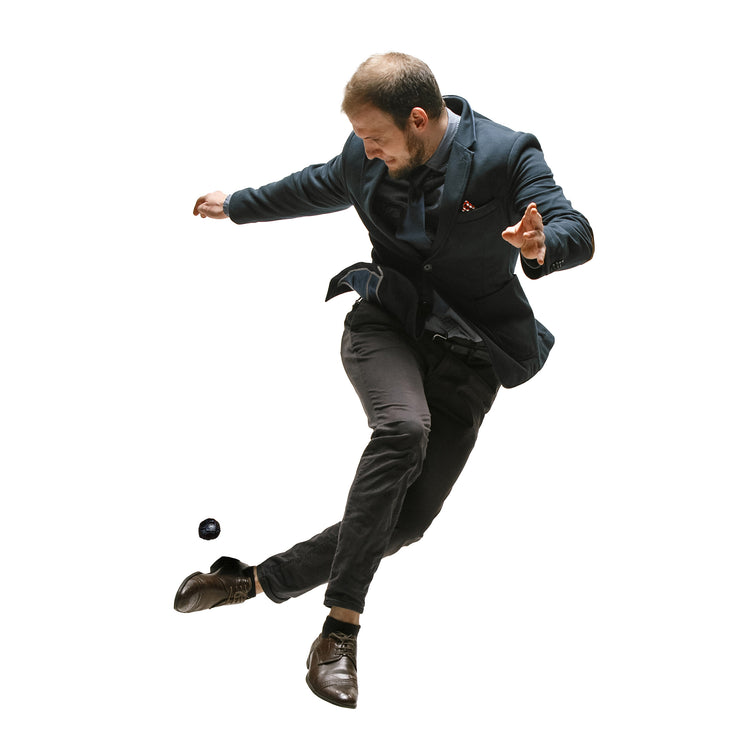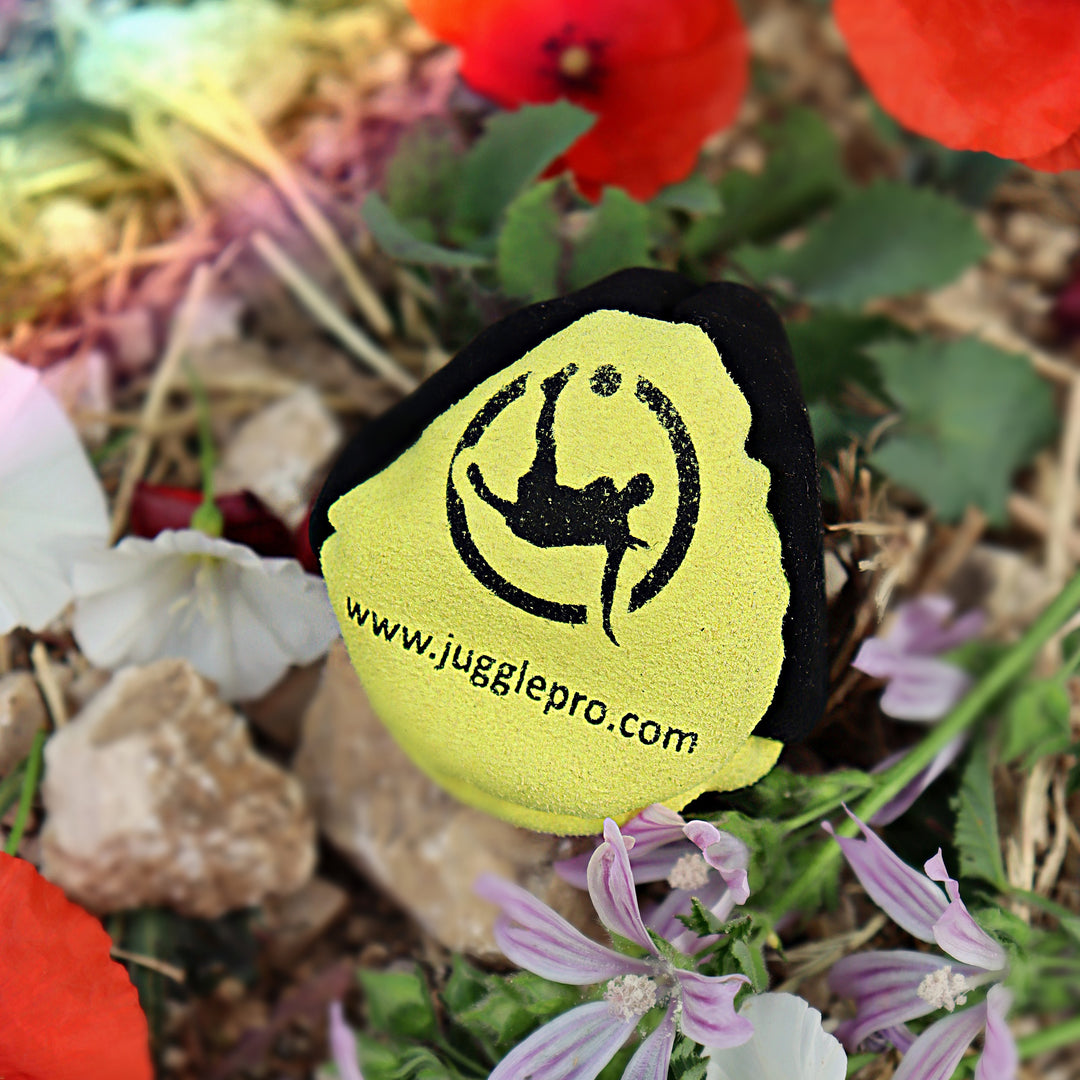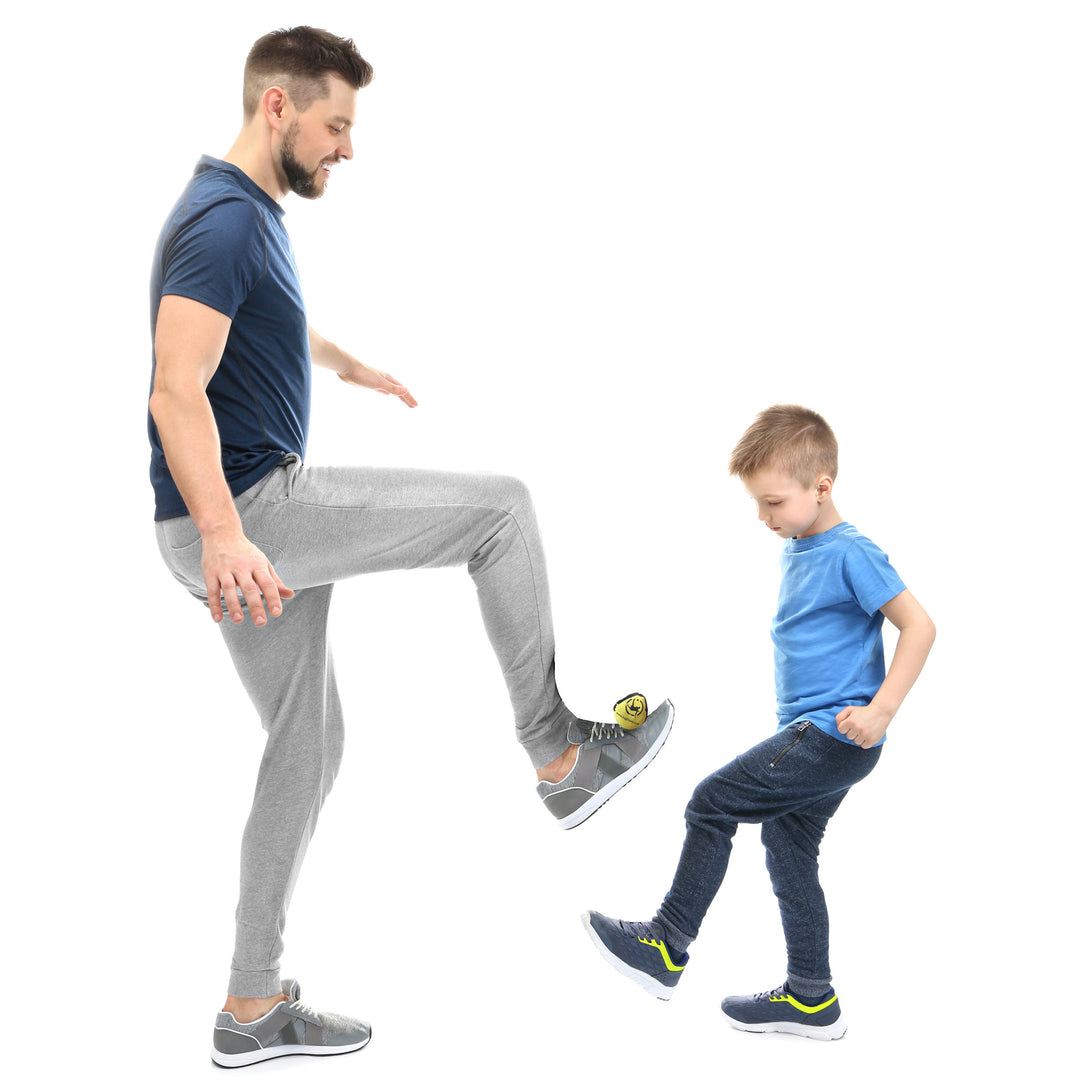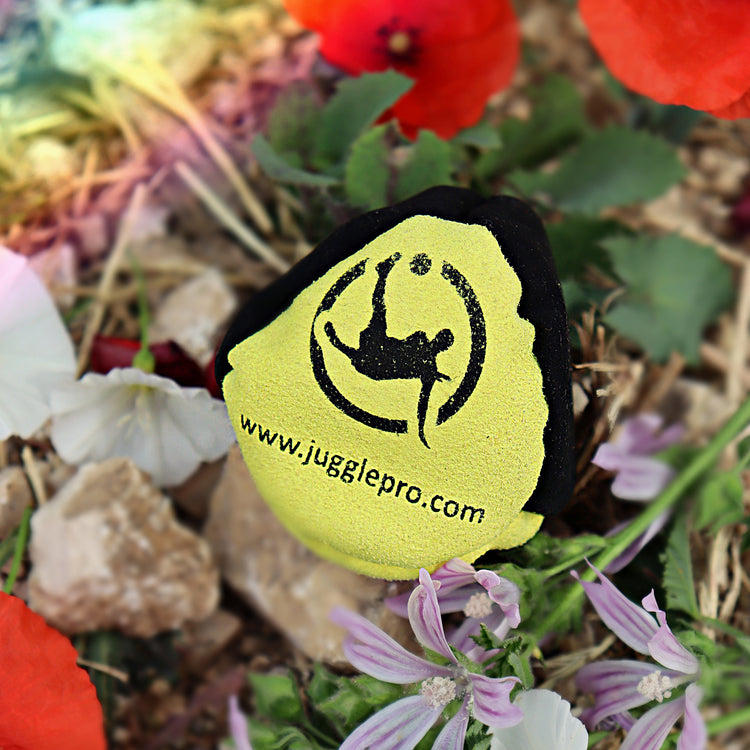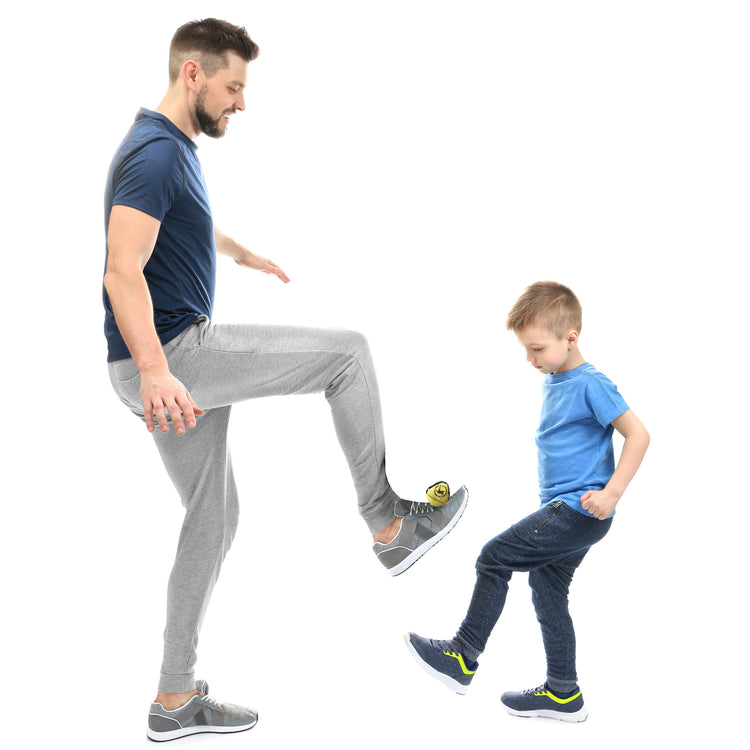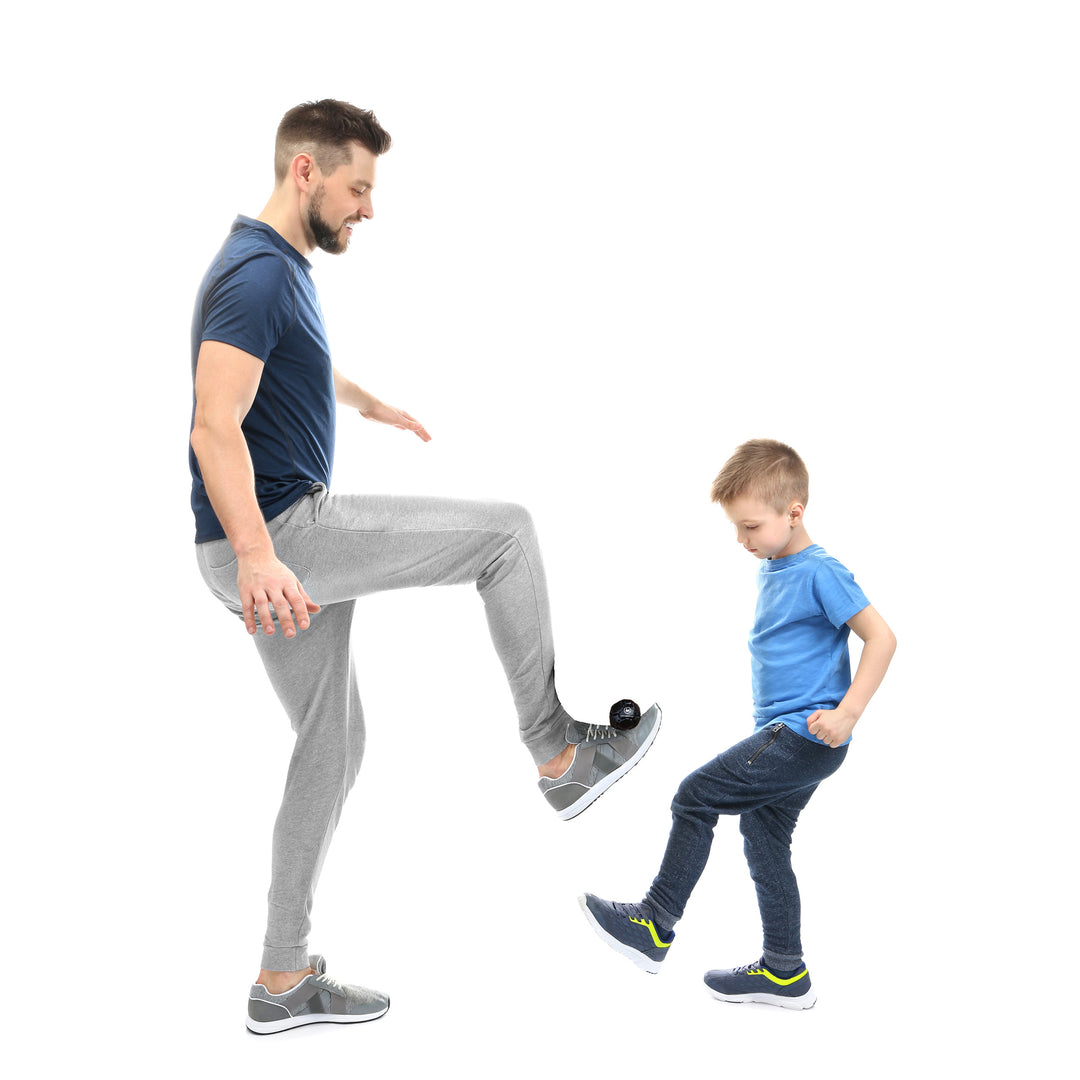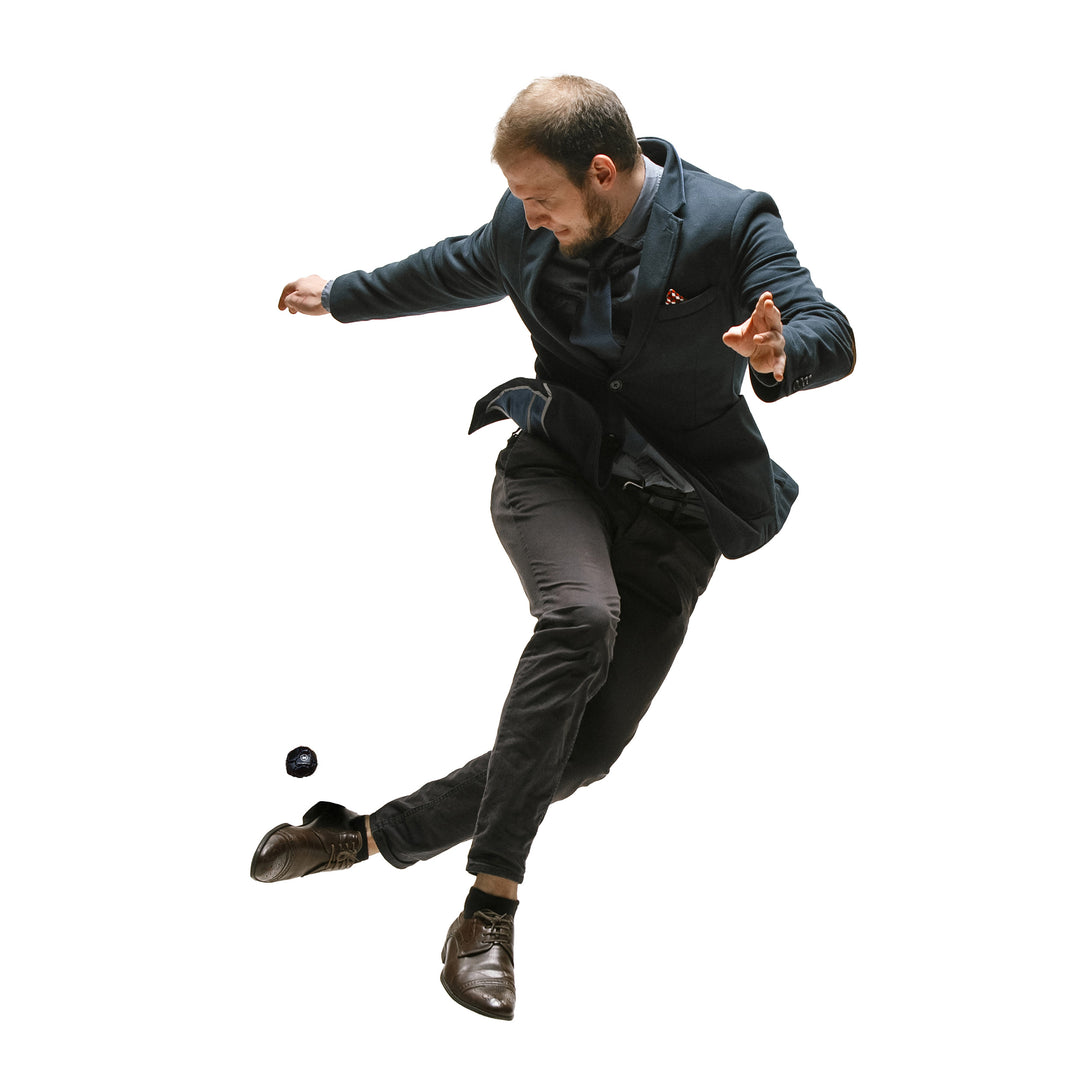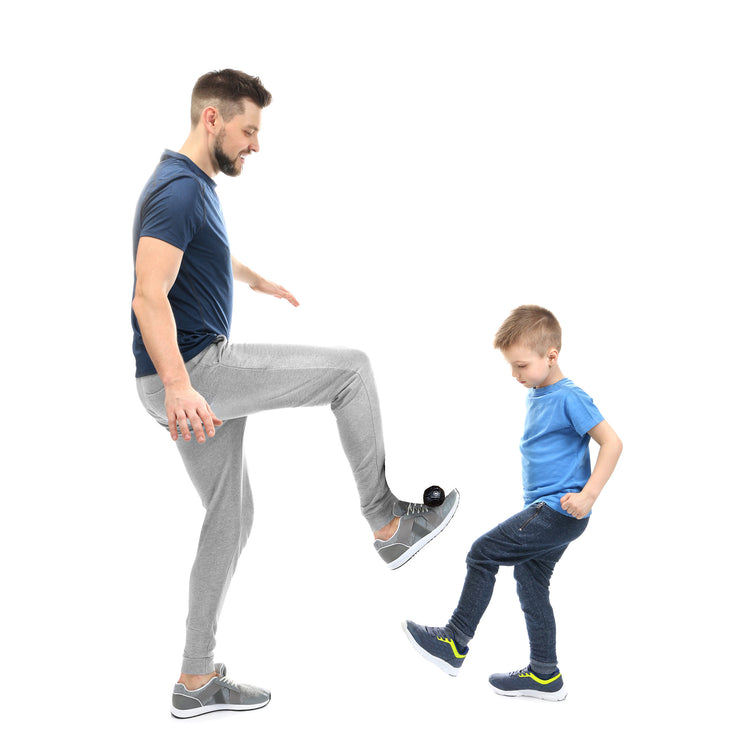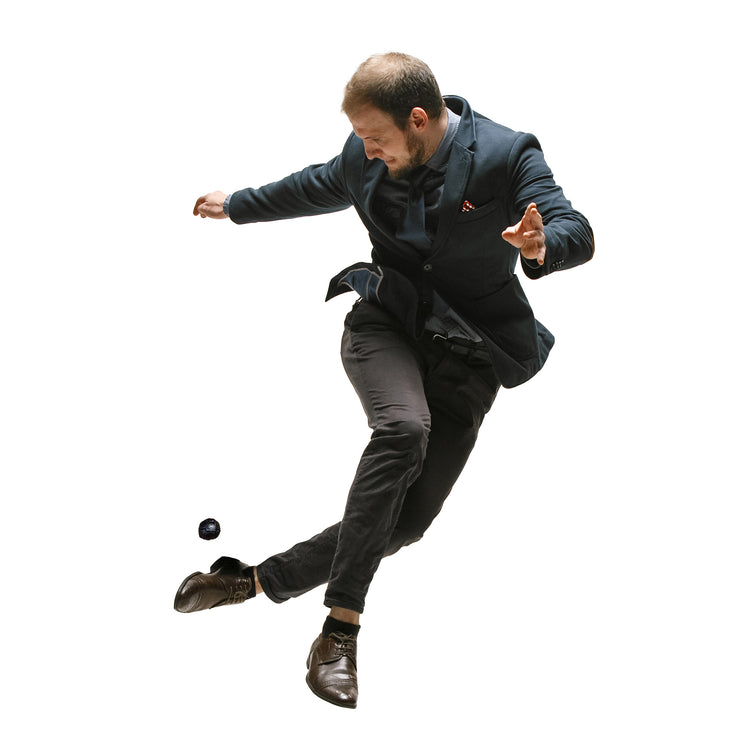The key role of the inverted winger in modern football tactics
In modern football, the winger is a species in danger of extinction, or at least transformation. With the side defender profile increasingly requiring offensive qualities, the winger position has had to adapt to best integrate into the new tactical configurations. Which explains the appearance of inverted wingmen.
Wingers are originally fast, dribbling players with a vertical field of action. They participate very little in their team's play, and their mission is above all to provoke opponents on the sides and to multiply crosses for their partners. However, modern football requires great versatility and the integration of each player into the collective dynamic. Thus, the wingers must now participate in the game, multiply the passes, and also be able to turn into finishers.
The inverted winger position therefore allows the player to have his good foot oriented towards the heart of the play, and not towards the touchline. Rather than moving away from the cage, the inverted winger will move closer to it, leaving space behind his back for the rises of the full-backs who have become, in modern football, the main crossers of their teams.
Among the players who occupied this inverted winger position for a large part of their career, we can cite Arjen Robben, and his left-footed outside dribbling – curling shot combination which has become his trademark. The Dutchman has also benefited from this position to build up impressive statistical records each season, both in terms of goals and assists.
The inverted winger position therefore has a lot of advantages, but also some limitations. Certain tactical models, such as 4-4-2, cannot use this player profile without destabilizing the balance of the team. Squads without full-backs capable of overtaking will also have great difficulty endangering opposing teams by using inverted wingers against grouped blocks. The new great tactical innovation in football could also come from the use of inverted full-backs, to further promote this aspect of collective dynamics, encouraging each player to be part of the team's game plan.
In summary, here are the main characteristics of the reverse winger:
- Orientation towards the game : Use your good foot to orient yourself towards the goal and not towards the touchline.
- Offensive versatility : Able to dribble, pass and finish actions, fully integrating into team play.
- Complementarity with the full-backs : Leave space for the rises of the full-backs, who take the role of centerers.
Curious to find out more about football-specific roles? Browse through our articles for a deep dive into each position:
- Libero - The tactical goalkeeper behind the defensive line, orchestrating the play.
- Box-to-Box environment - The embodiment of endurance and versatility.
- Regista - The conductor from midfield.
- Carrilero - The lateral midfielder ensuring the balance between defense and attack.
- Mezzala - The artist of half-spaces.
- Trequartista / Enganche - The creative intermediary between the midfield and the attack.
- Inverted winger - Uses his strong foot to penetrate and threaten the goal.
- Fake New - The attacker who deceives the defense with his movement.




